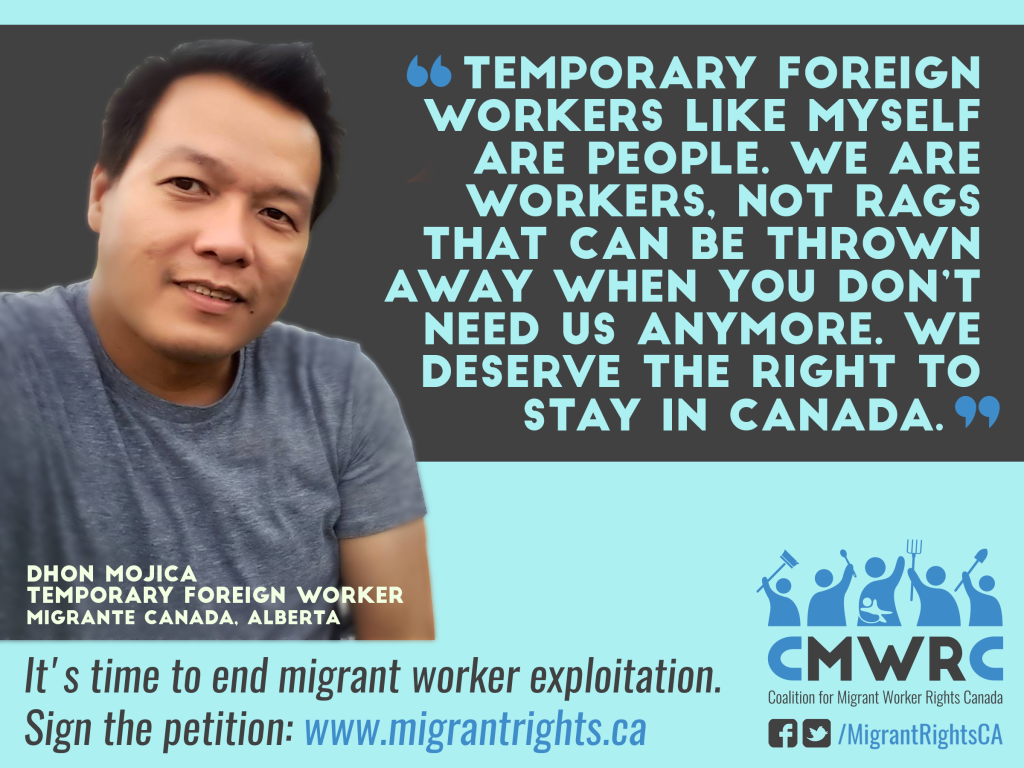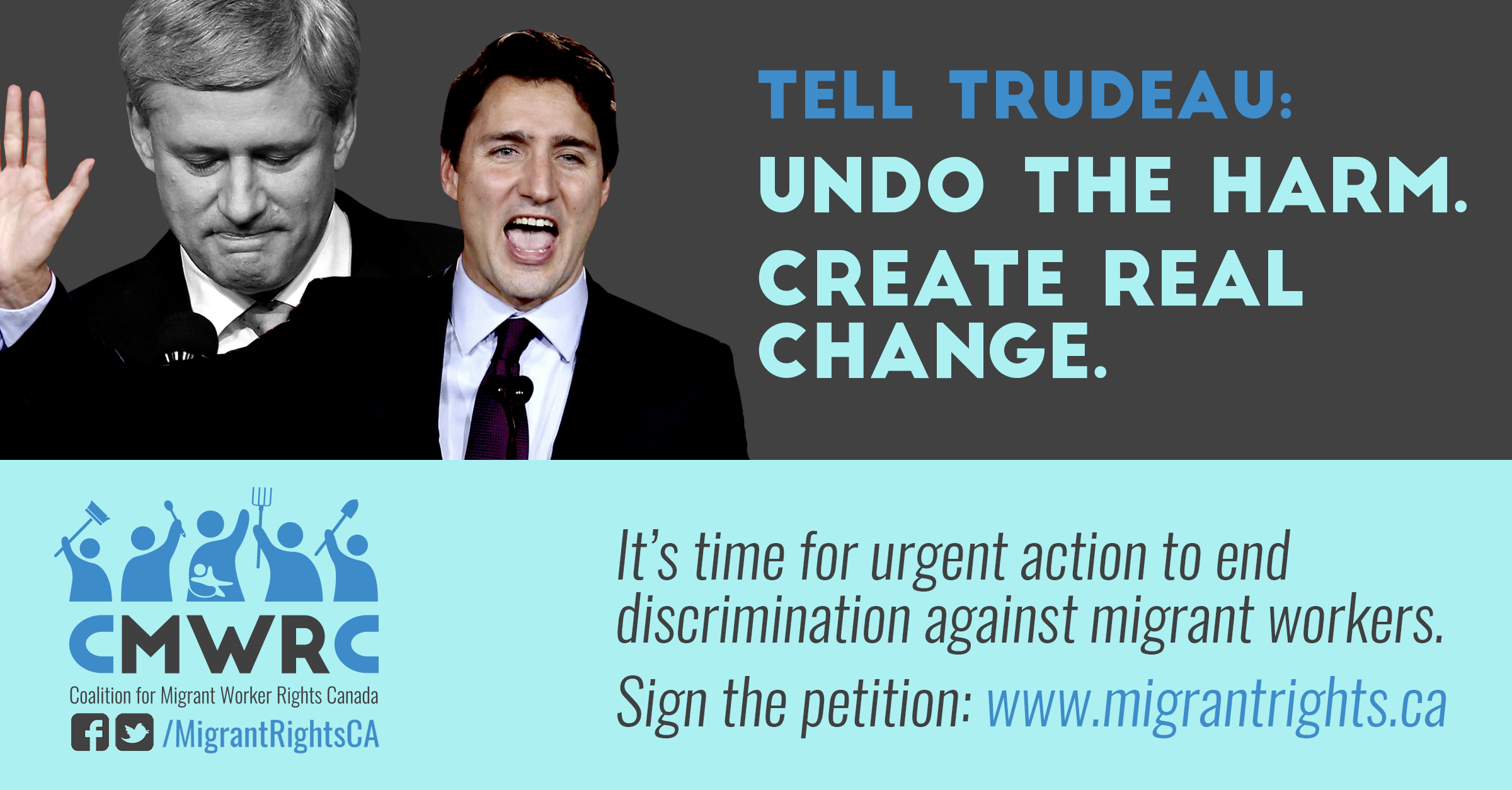If you are a careworker – please fill out this survey to speak up.
Migrant Care Workers Reject Government Decision to Cancel Permanent Residency Program, Demand Immediate Re-Opening
TORONTO & VANCOUVER, December 22, 2025 — Migrant care workers are denouncing the federal government’s announcement to indefinitely pause the Home Care Worker Immigration Pilots, calling it a cruel Christmas betrayal that compounds the devastating collapse of the program following its botched rollout in March 2025.
On December 19, Immigration, Refugees and Citizenship Canada (IRCC) announced it would not reopen the program in March 2026 as previously indicated, citing “high demand” and “longer wait times”. The program had crashed within 4.5 hours of launching on March 31, 2025, locking out over 40,000 eligible care workers due to an arbitrary 2,750-per-stream cap. This program is the only pathway for migrant care workers who come to Canada to take care of children and the elderly with a promise of permanent residency.
“Migrant care workers got coals for Christmas with IRCC’s HCWIP cancellation. This is a betrayal to the promise of permanent residency upon arrival,” said Milafe Buton, migrant care worker and member of Vancouver Committee for Domestic Workers and Caregivers Rights. “We are not only disappointed—we are frustrated that this government refuses to listen to us: we are essential workers, and I’ve missed seven Christmases with my family.”
Teresa, member of the Migrant Workers Alliance for Change, said: “What a brutal Christmas present to surprise us with! We are still broken from how the March 31, 2025 program ended, and now they’re pausing it again. We spent our money getting documents ready—some already expired or expiring—we hired immigration consultants, we did everything right. This is like torture, it’s traumatizing. IRCC is playing with our emotions and they should be ashamed of themselves. Care workers are important immigrants in Canada and yet they always put us at the end of the line.”
Cherry, member of the Migrant Workers Alliance for Change, a care worker in Toronto,, added: “I have been here since 2020. I applied through every pathway possible and completed all requirements, never missed anything. But because of sudden changes I am now in limbo. I duly serve and protect this country like a citizen though I am not, but I am so sick, tired and devastated. They don’t value our worth. They literally chopped the programs which are our only hope to cross the bridge from this exploitative situation. We need PR status for all.”
Government Creates Crisis, Then Blames Victims
IRCC’s statement claims the pause will “prevent further inventory growth” and support “sustainable levels,” but the backlog in processing is a failure of the federal government, not migrant care workers.
The migrant care worker permanent residency program was a permanent program until 2014 when the federal Conservative government made it a temporary pilot for five years and added unfair requirements. In 2019, the Liberal government created another five-year pilot with arbitrary exclusions. In 2024, a third five-year pilot was created but not launched until March 31, 2025 – where it closed after just 4.5 hours. Now the government has announced it won’t reopen in 2026. Thousands of racialized women come to Canada with a promise of permanent residency through these programs.
While Minister Diab’s office and IRCC bureaucrats enjoy the holidays with their families, thousands of migrant care workers face work permits expiring with no path forward. They face years of family separation – some workers haven’t seen their children in five, seven, or ten years. They face ongoing exploitation and abuse by employers who control their immigration status. They face financial ruin from expired documents, repeated application fees, and wasted consultant costs – having spent thousands on language tests (some taking the test 3-4 times), and document preparation.
This announcement comes as the Liberals attempt to push out hundreds of thousands of people from Canada by shutting down programs and changing the rules. Over 1.2 million work and study permits are set to expire in 2025 and 1.1 million in 2025 – over 3,000 people daily being forced to leave or become undocumented.
Care Workers Demand Action
Migrant care workers and allied organizations are demanding:
- Immediate reopening of the Home Care Worker Immigration Pilots
- Removal of all caps and restrictions to allow every eligible migrant care worker to apply
- Emergency measures to prevent work permit expiries and family separations
- Permanent resident status for all migrants currently in Canada without unfair language, education, or work experience requirements
For interviews with migrant care workers, contact:
Vancouver Committee for Domestic Workers and Caregivers Rights, Julie Diesta, 778-881-8345
Migrant Workers Alliance for Change, Syed Hussan, 416-453-3632
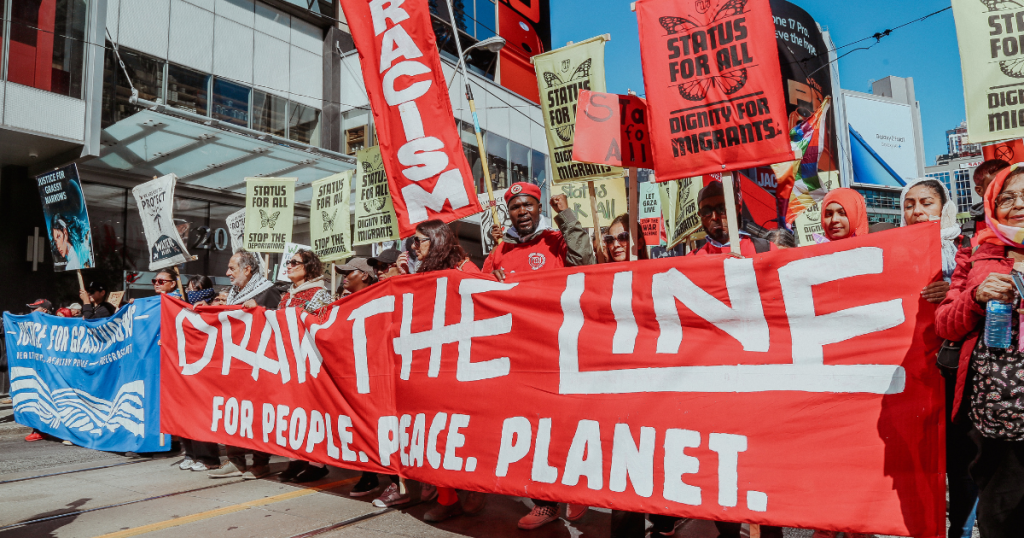

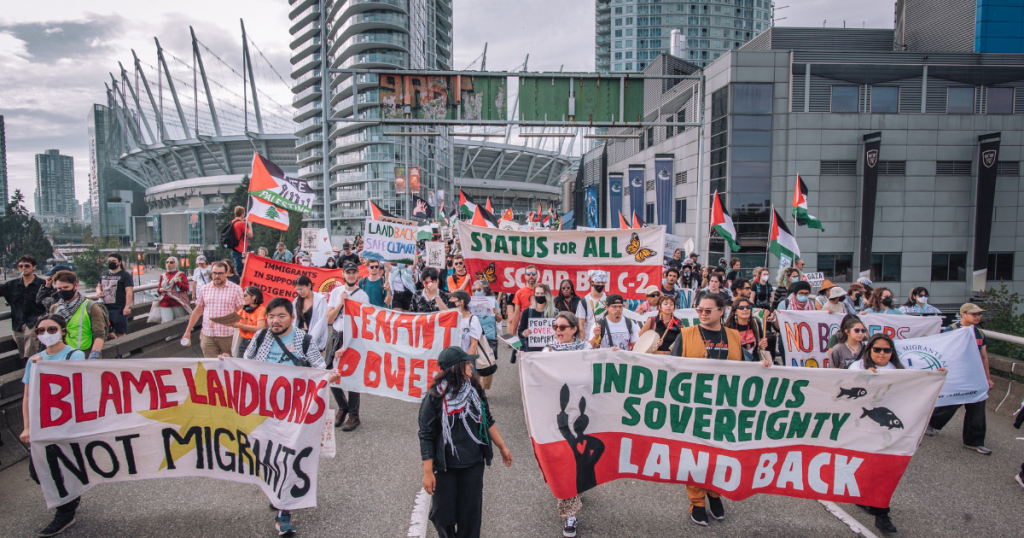
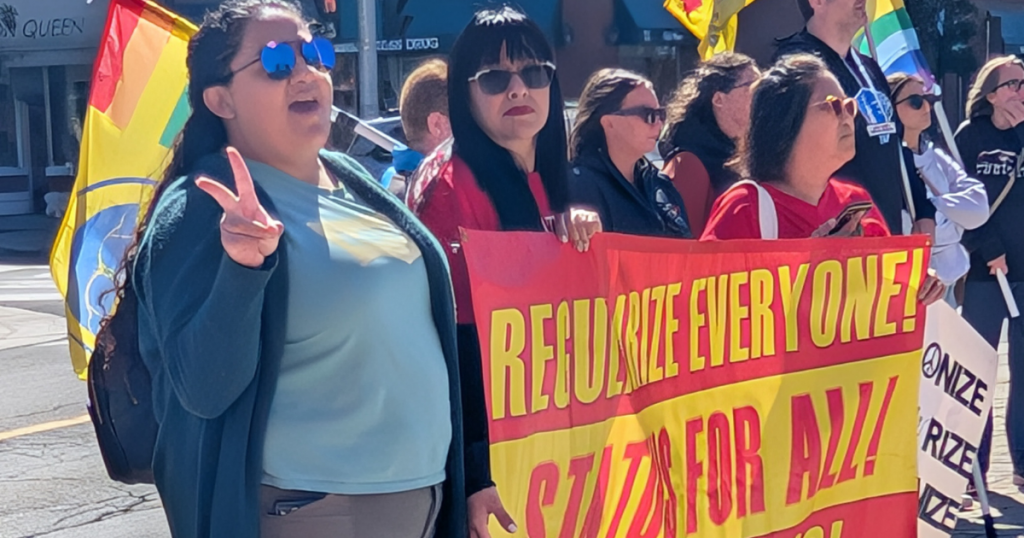

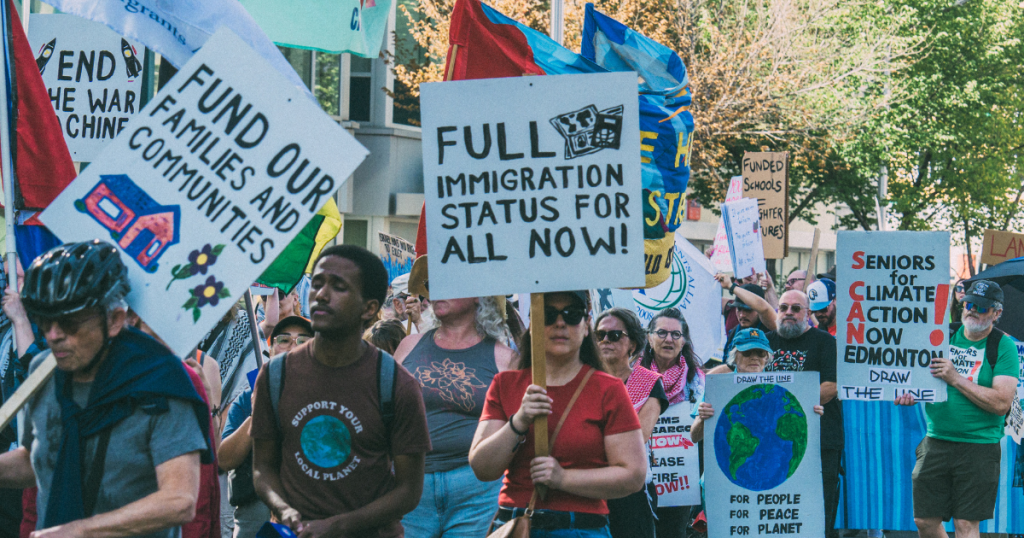






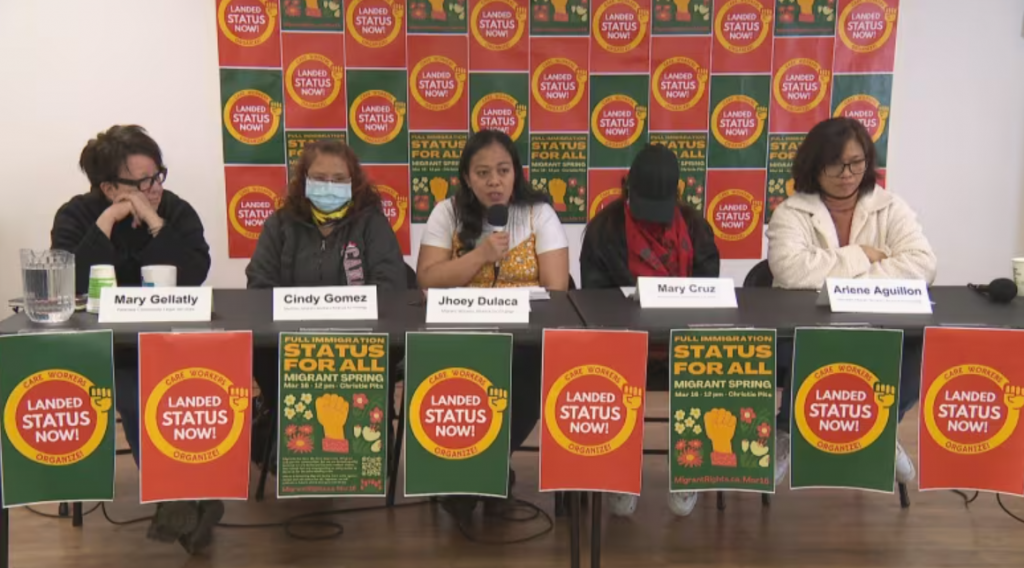





















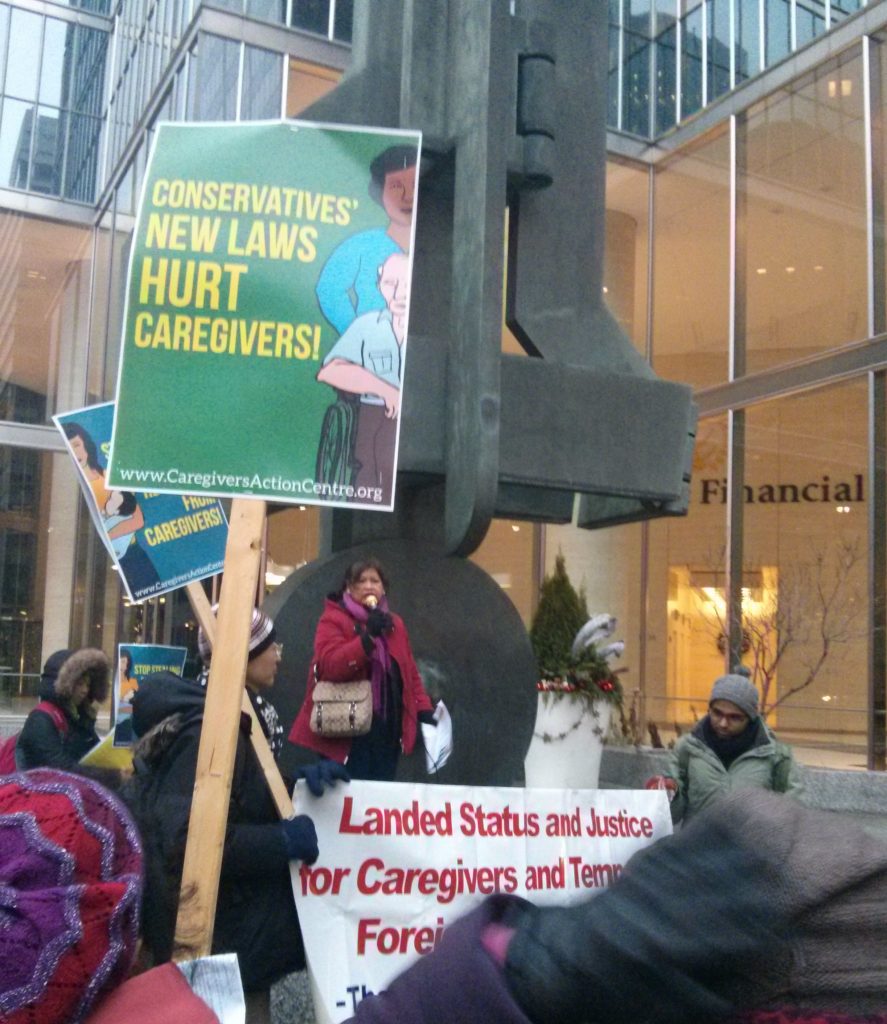

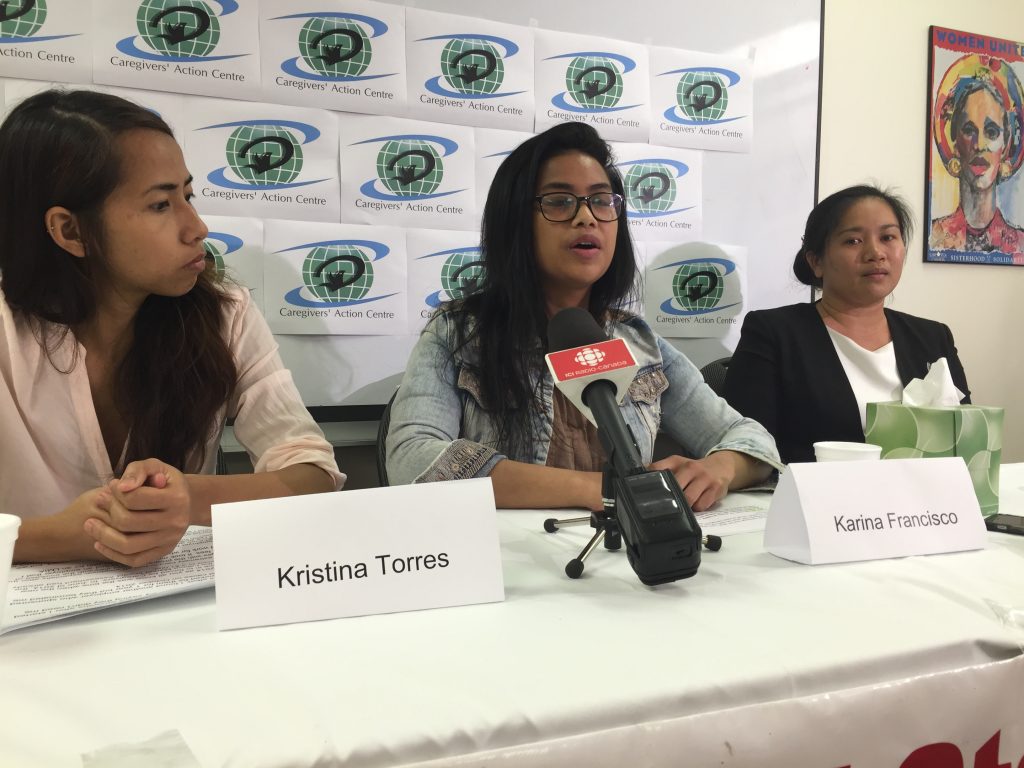





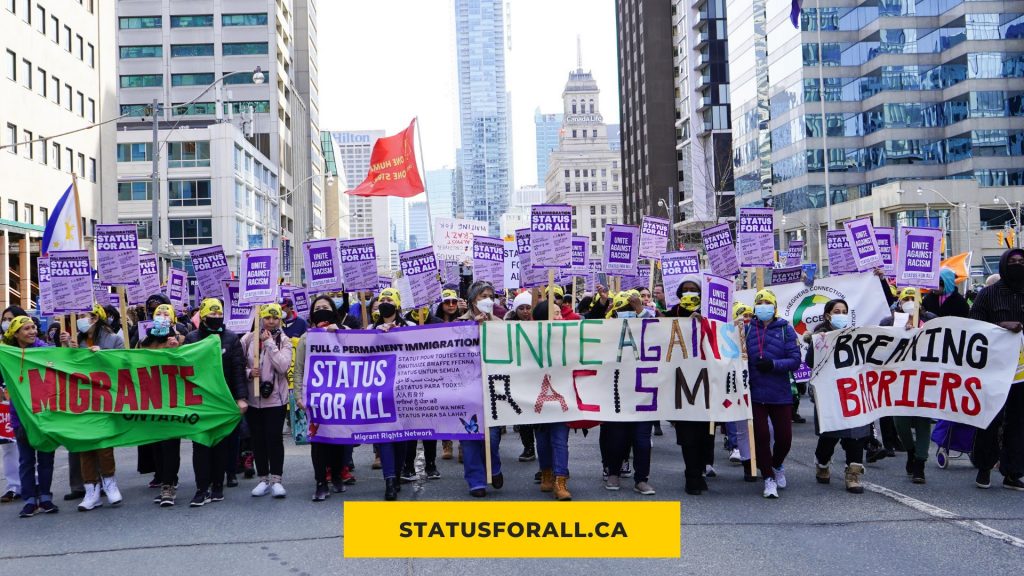




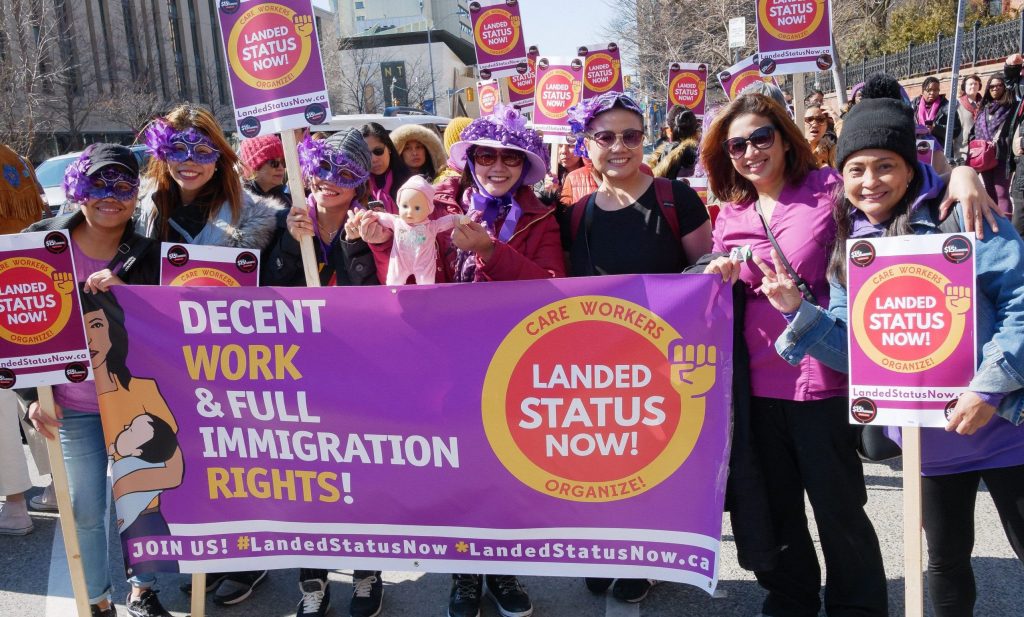

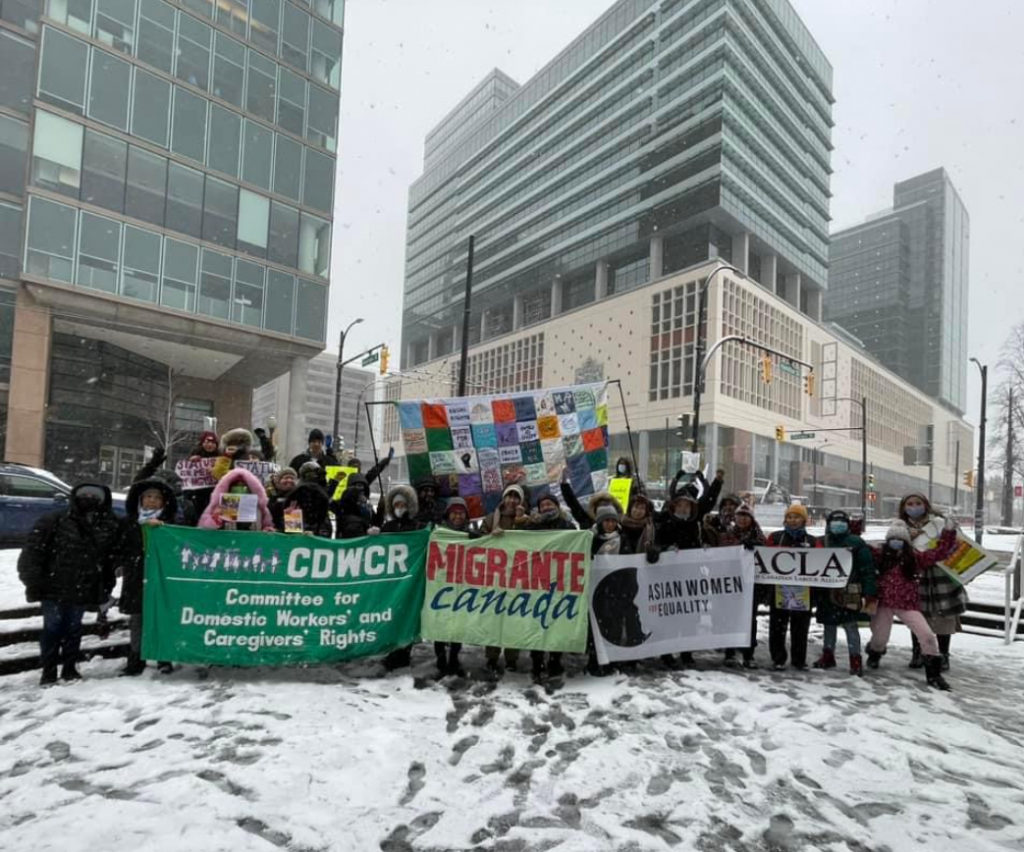

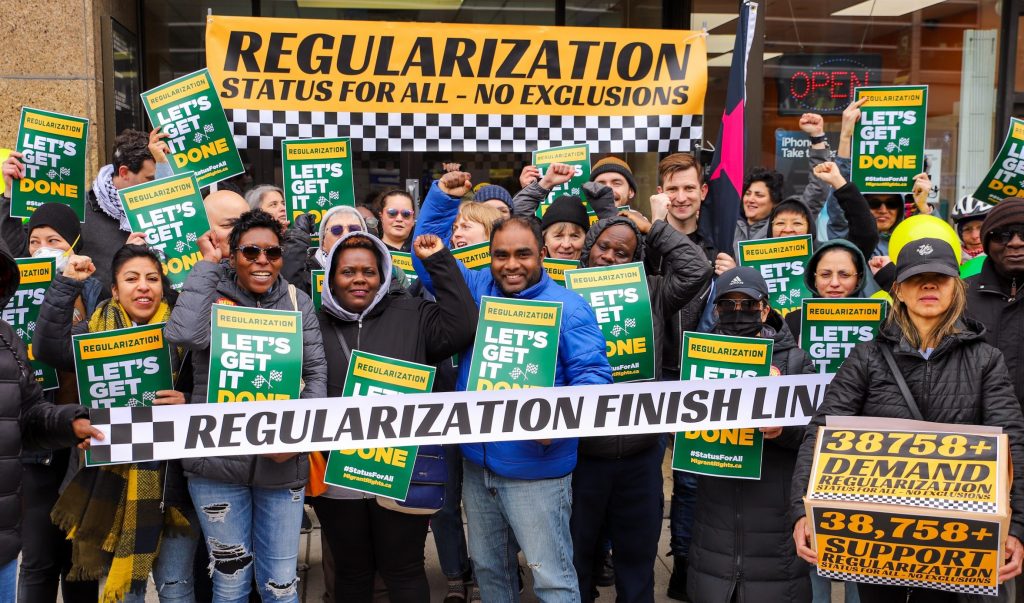





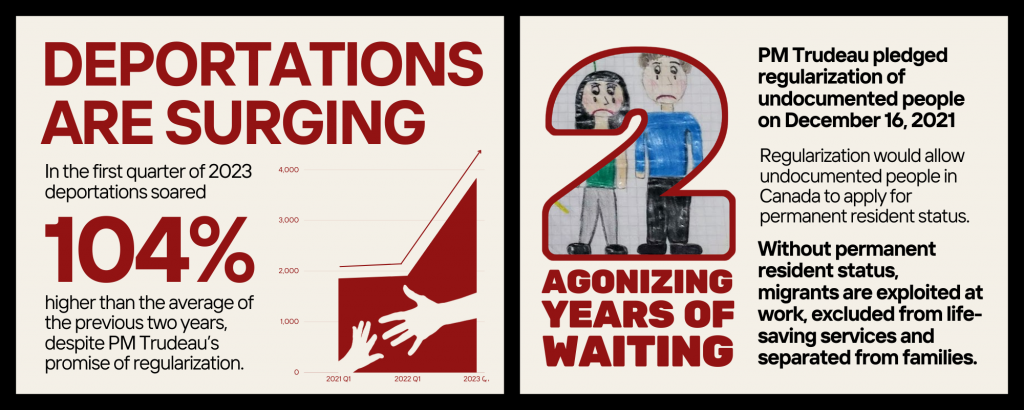
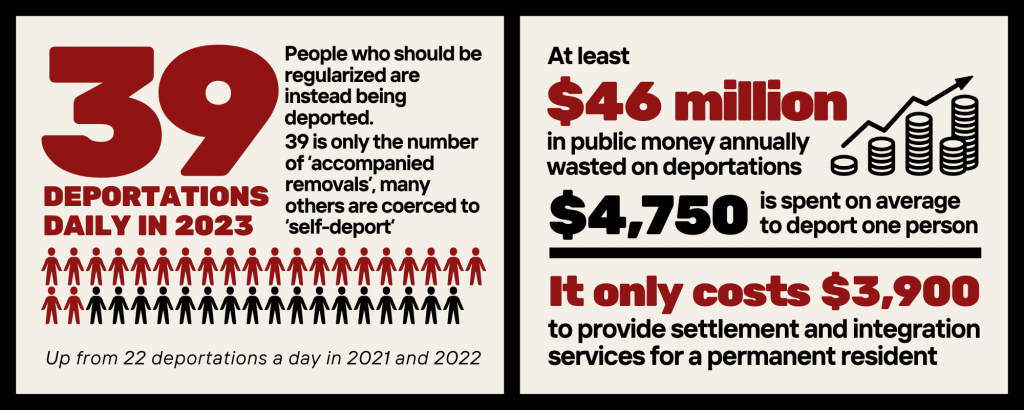
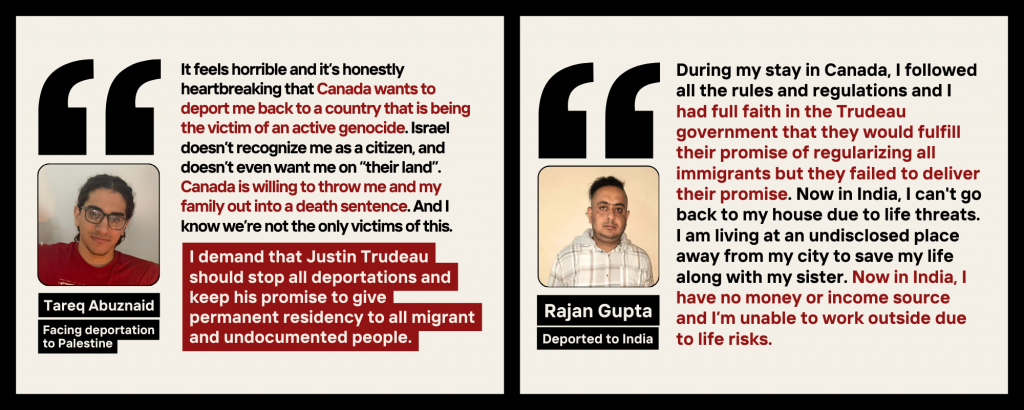









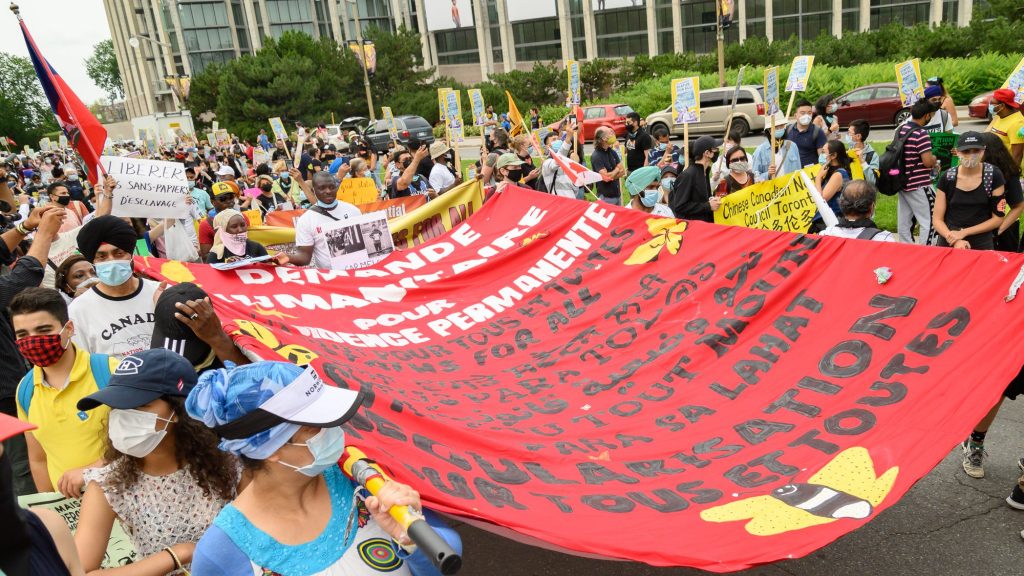
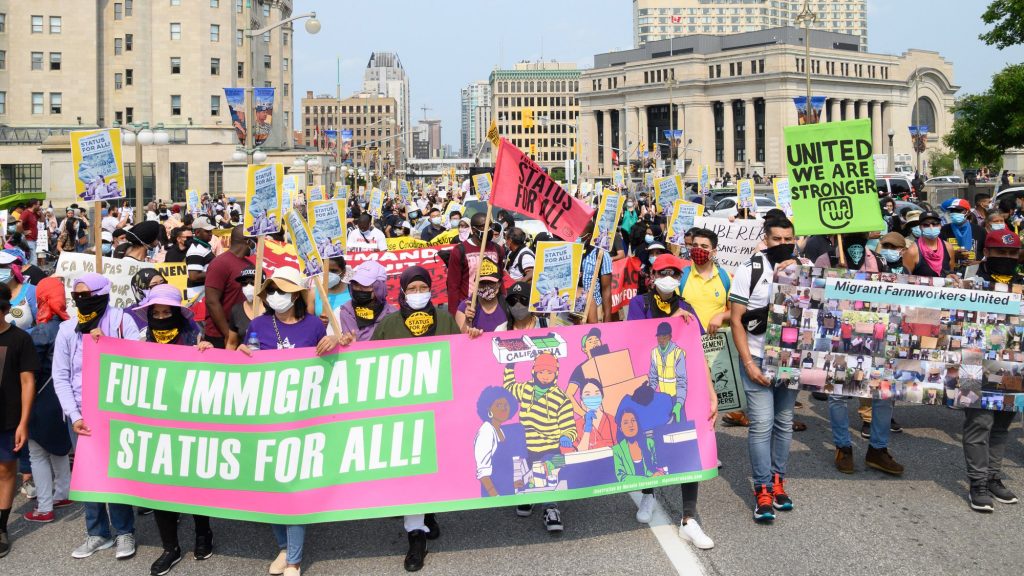
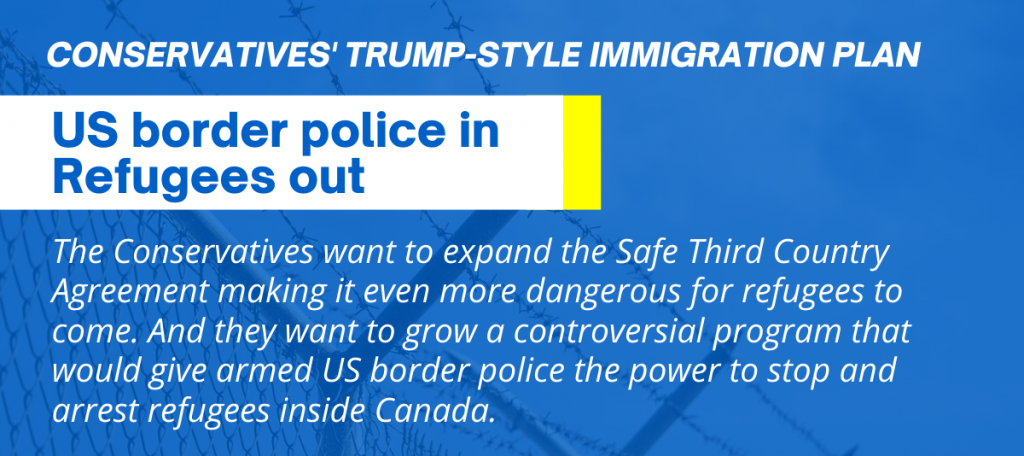

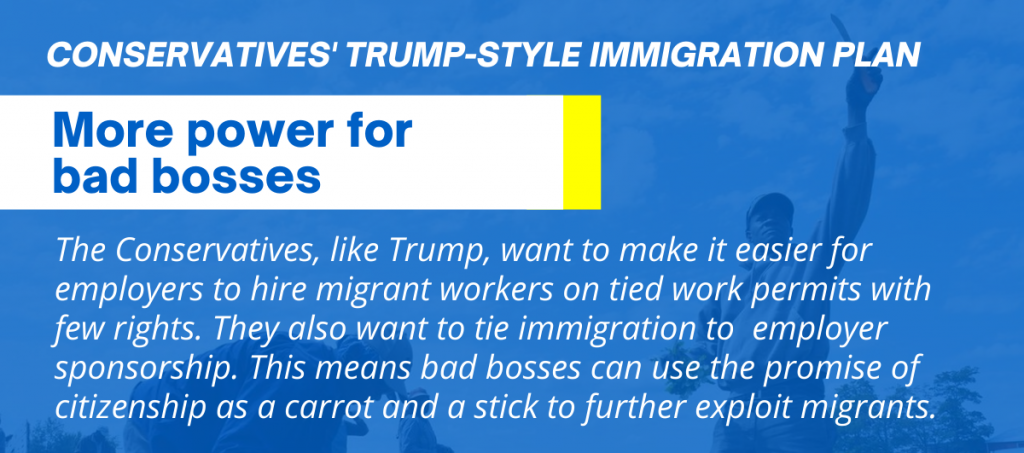
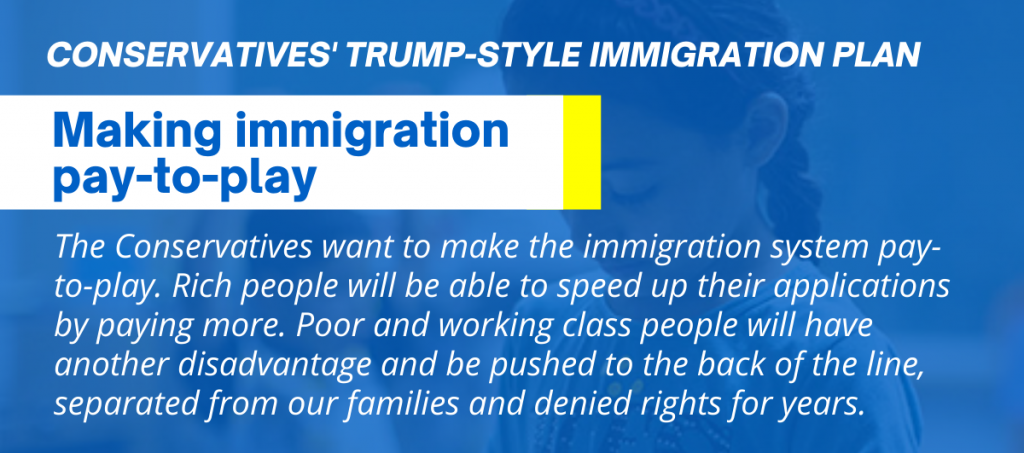
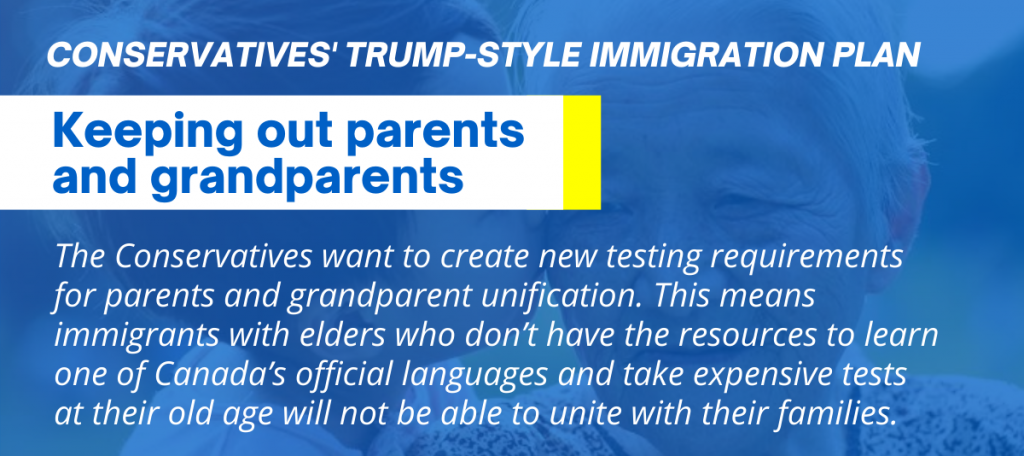

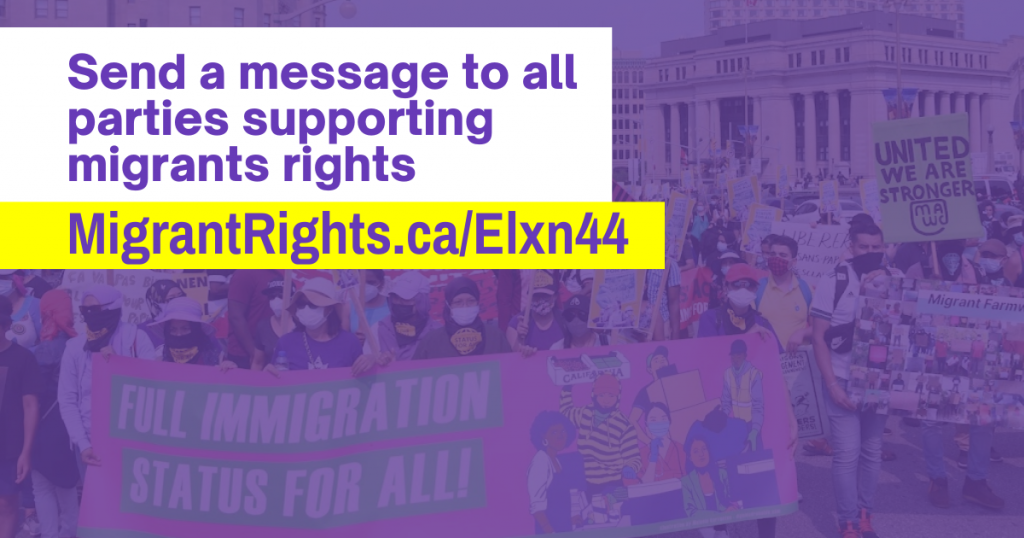
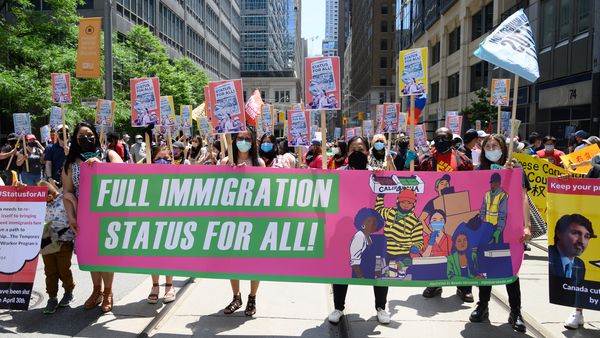


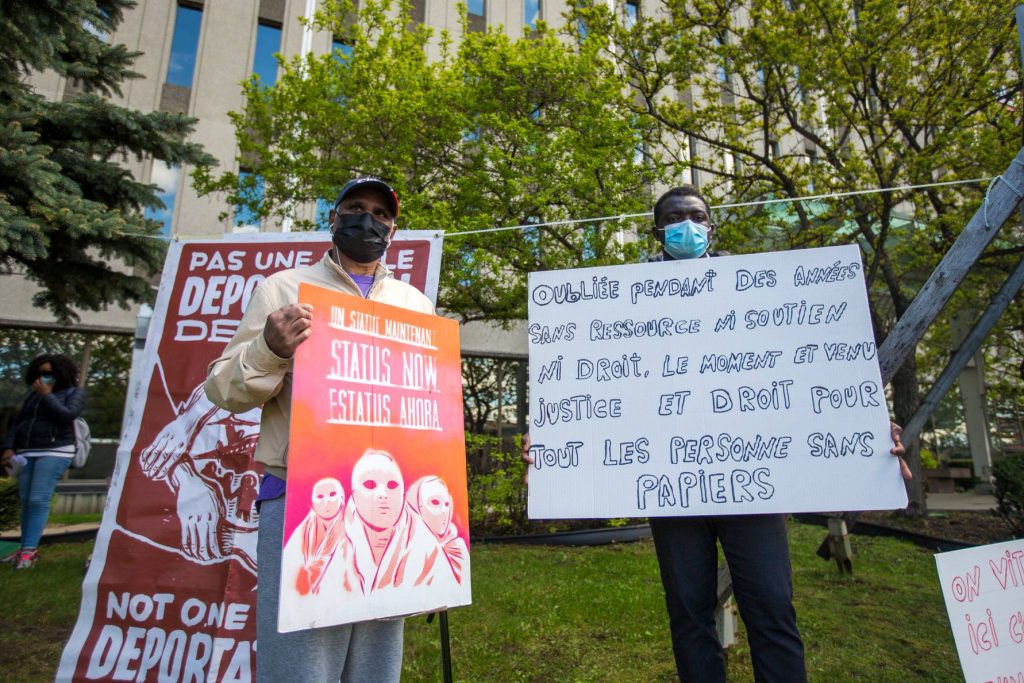
 Edmonton, May 9th,
Edmonton, May 9th, 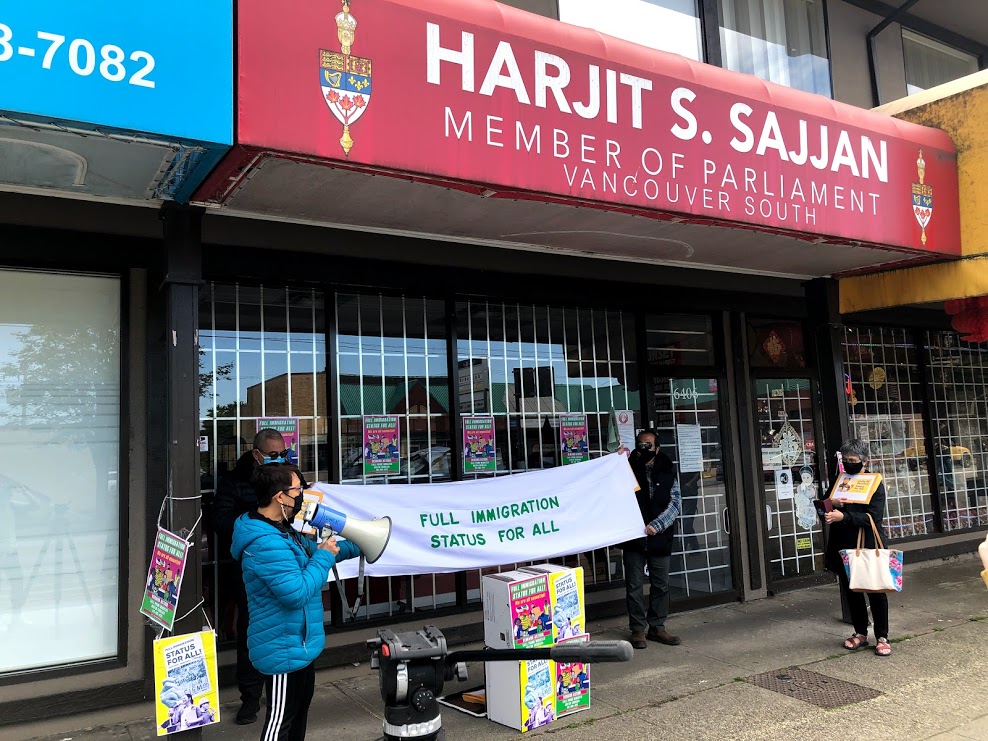




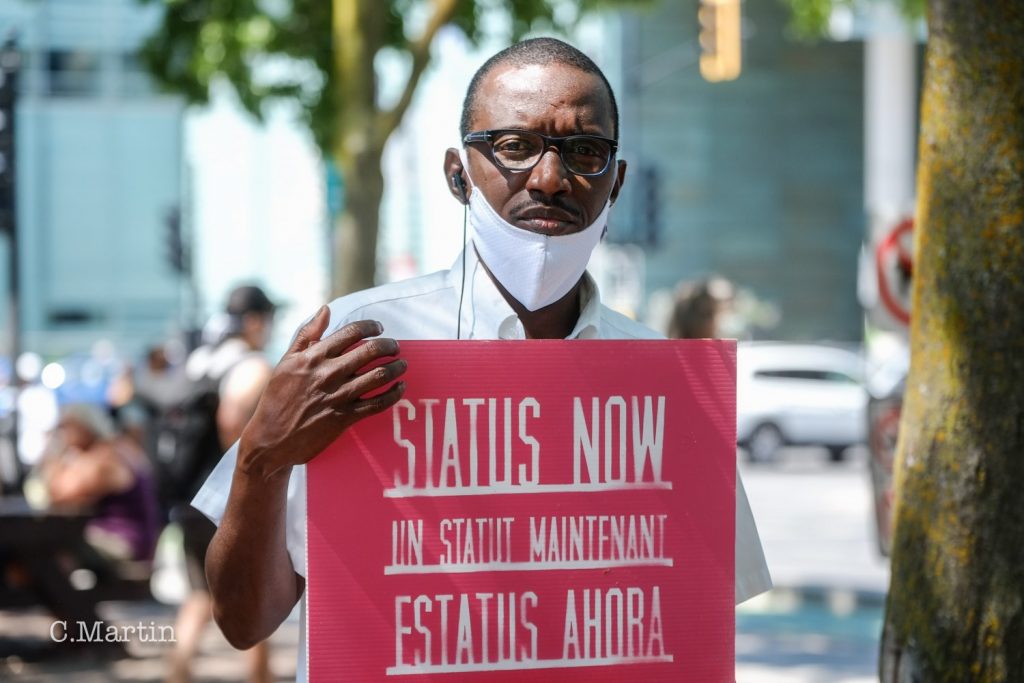
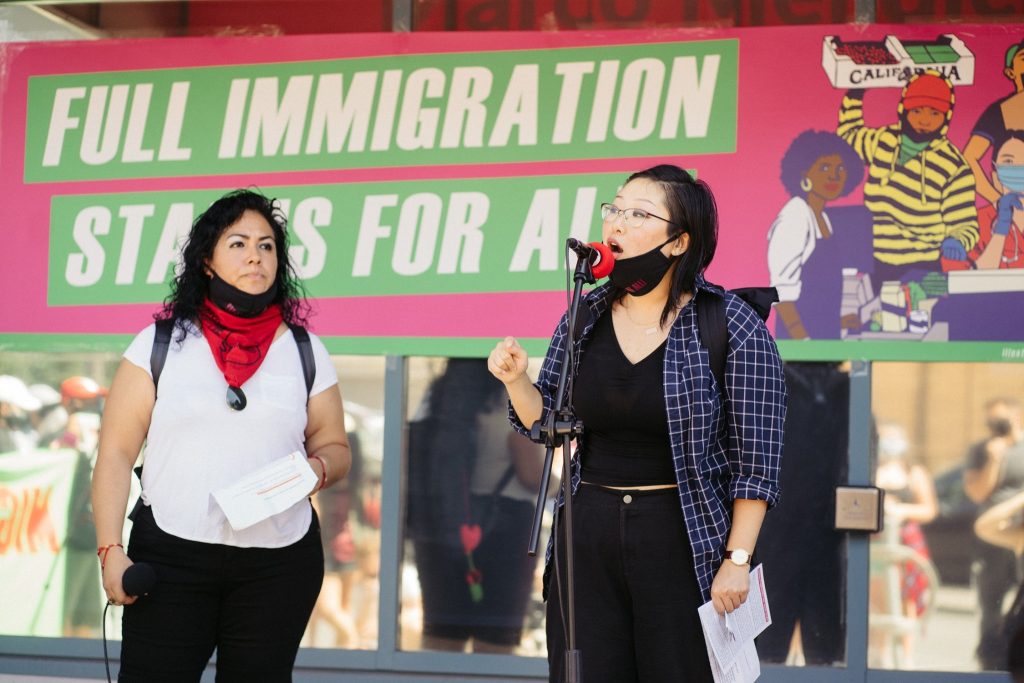

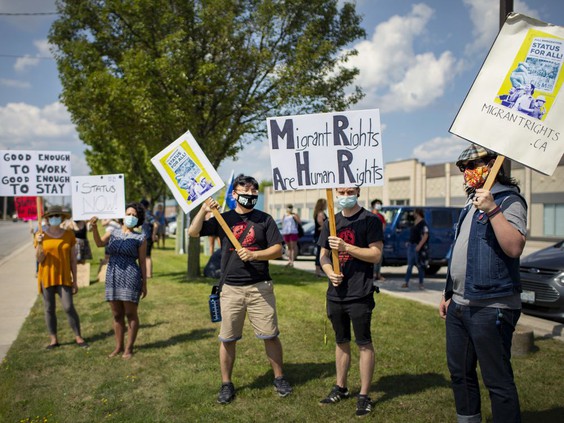
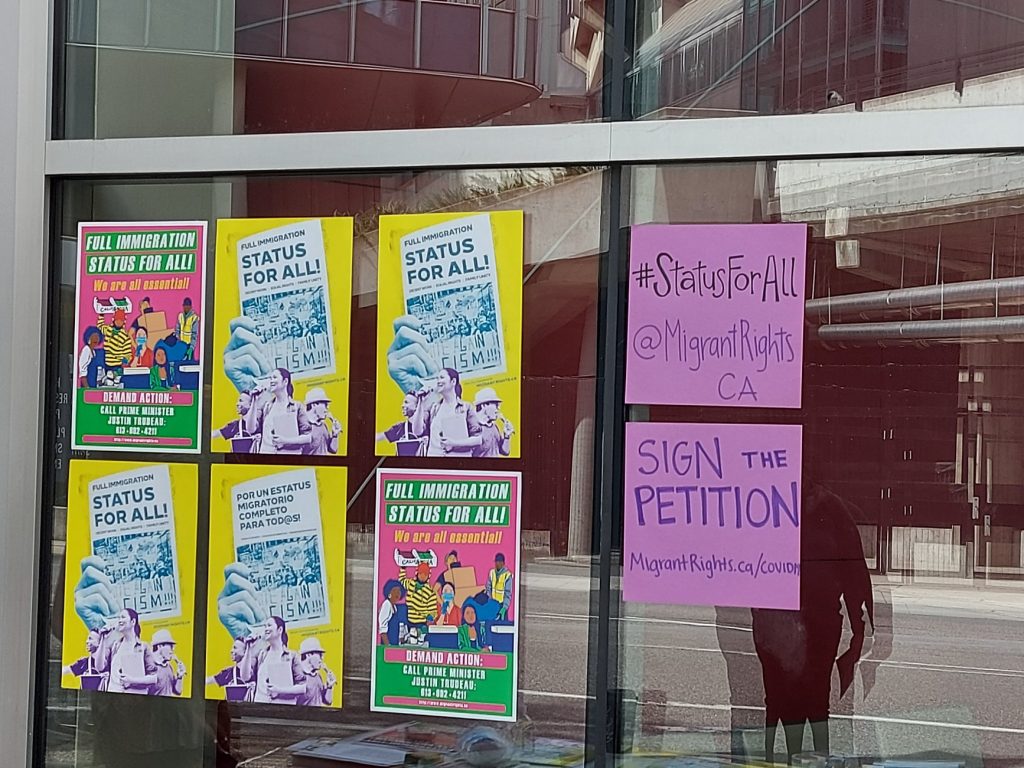

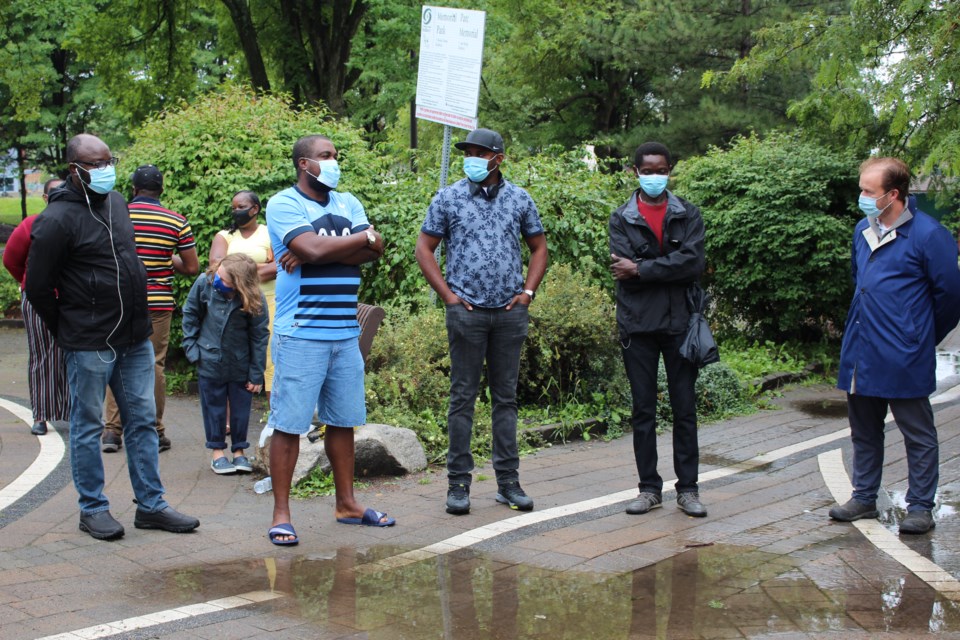
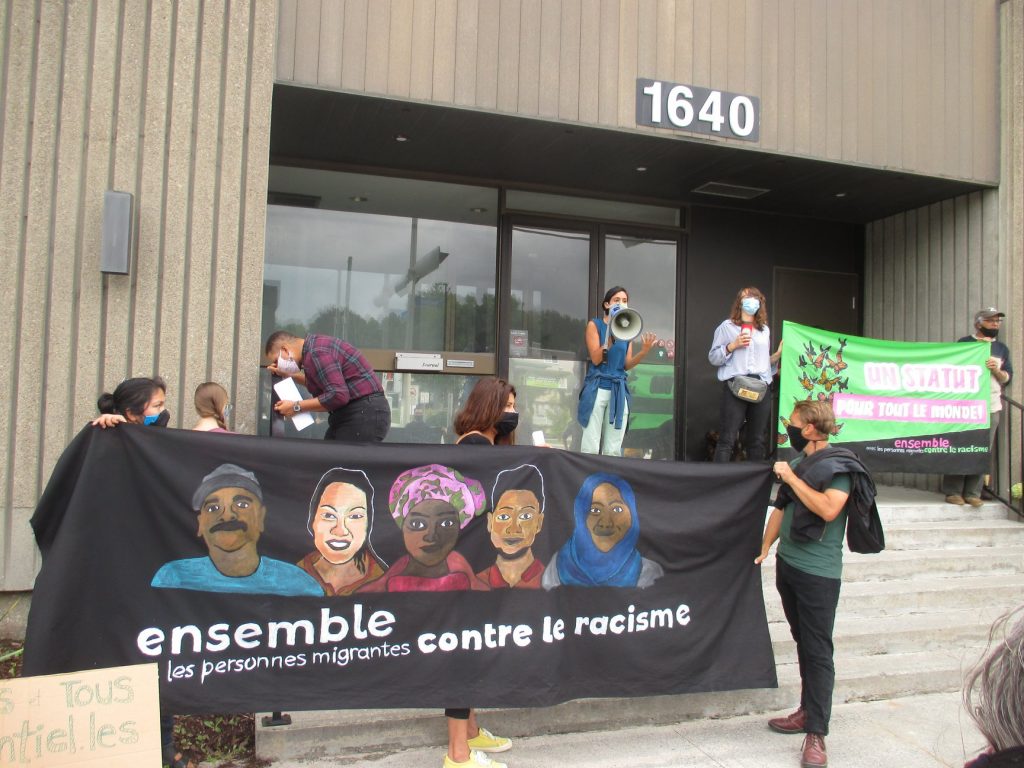
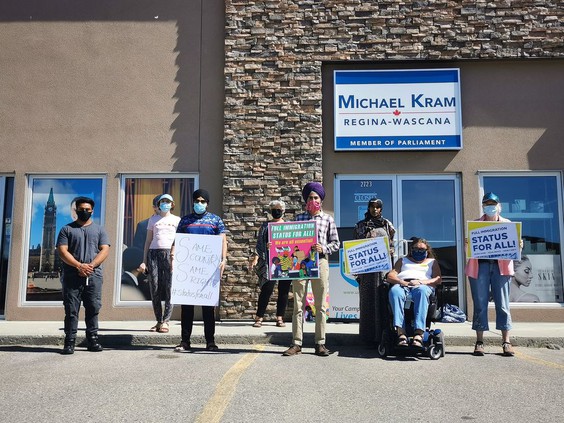


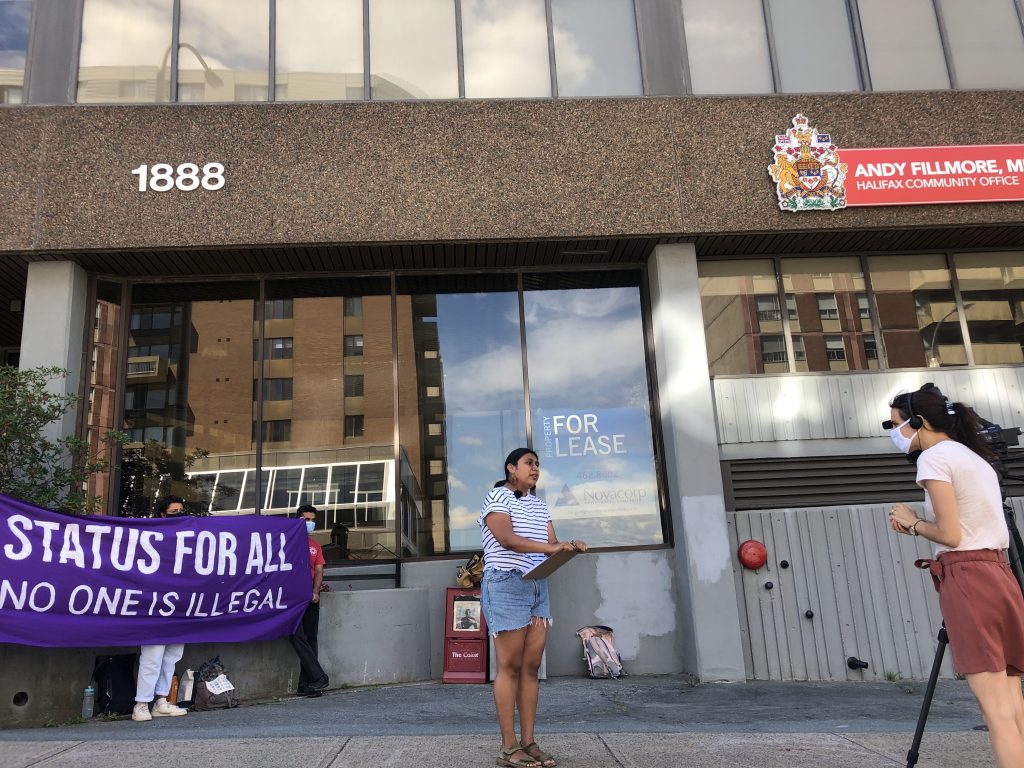
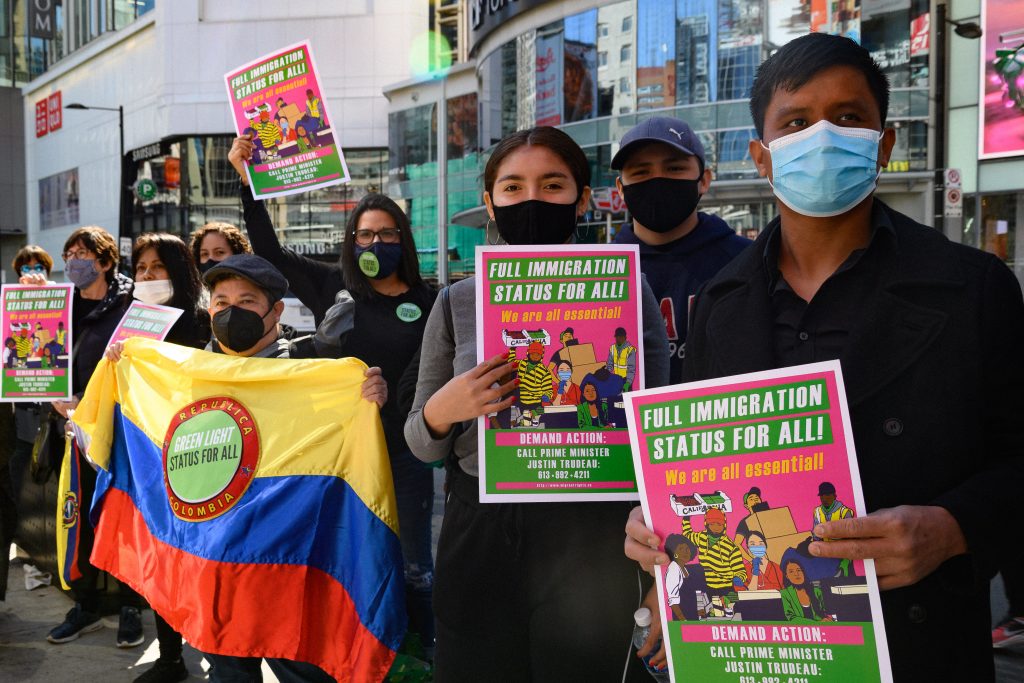
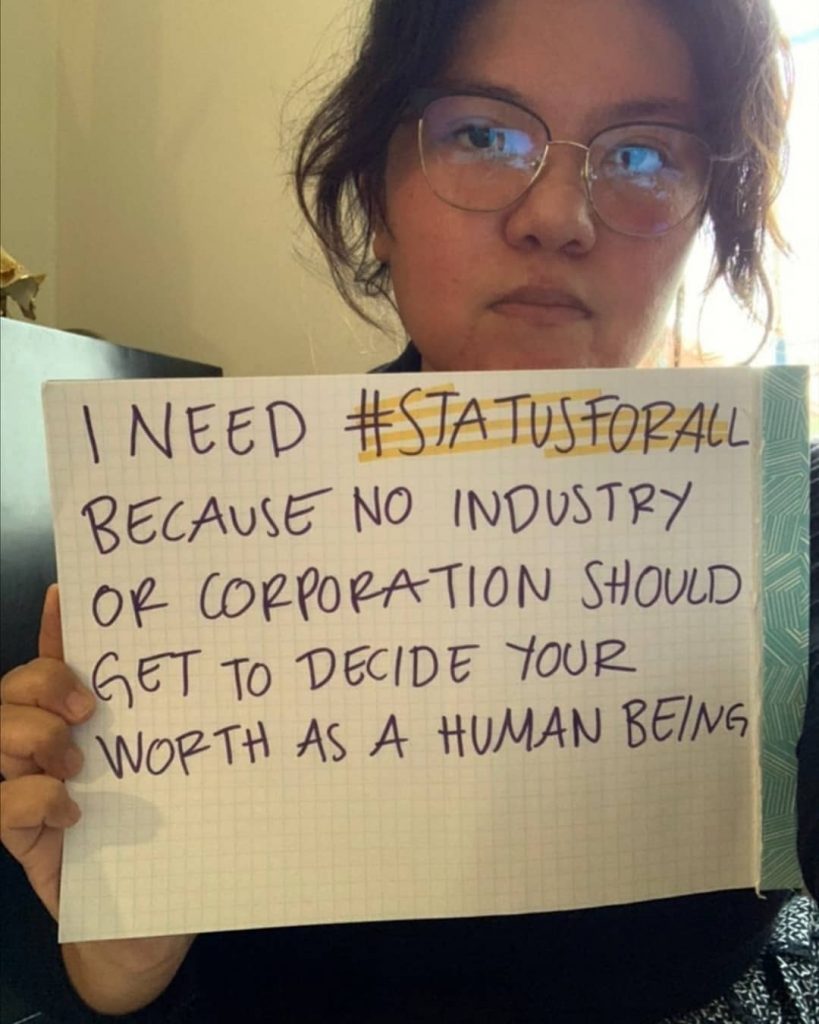

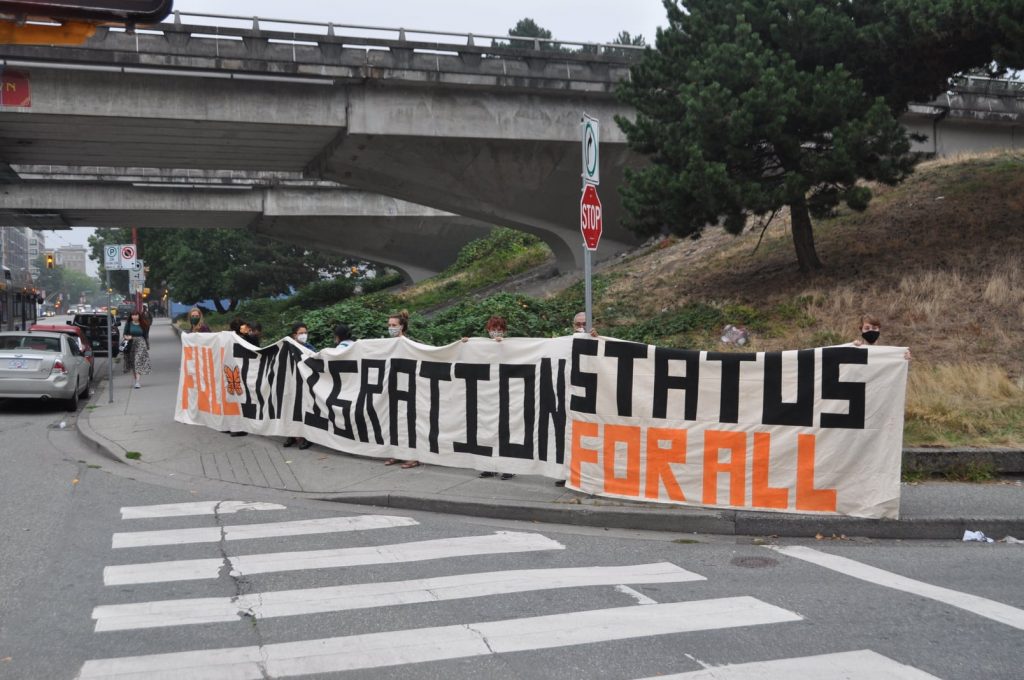

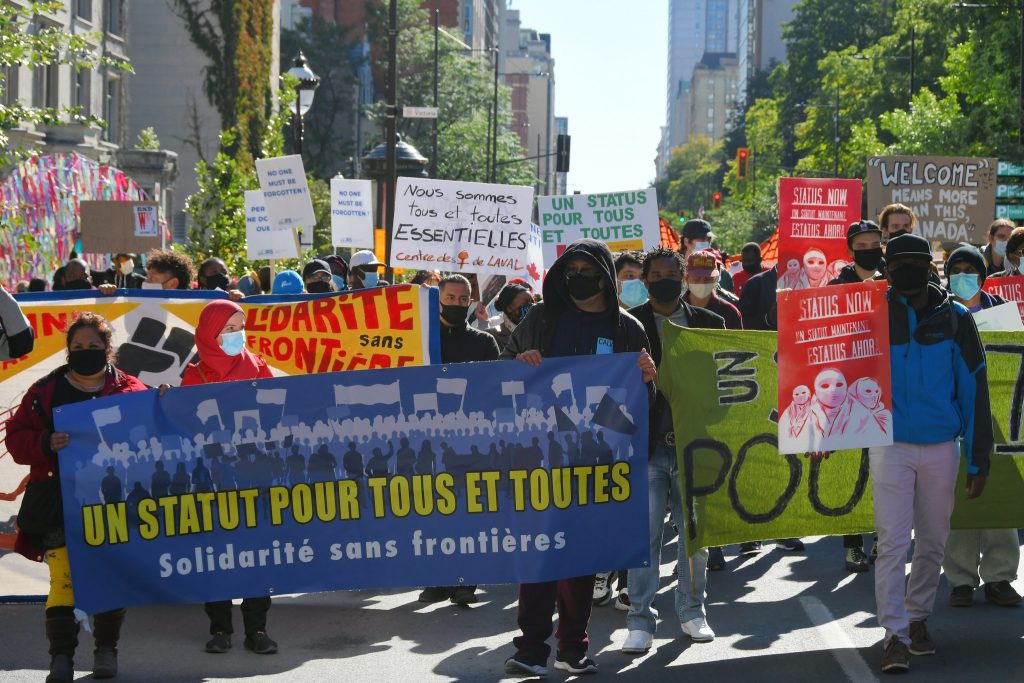
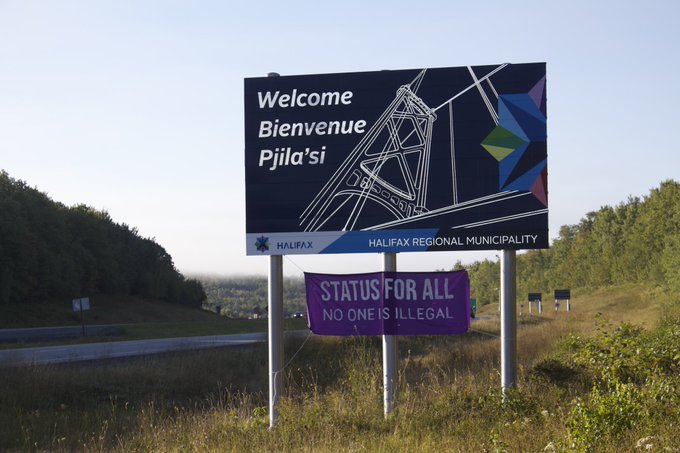
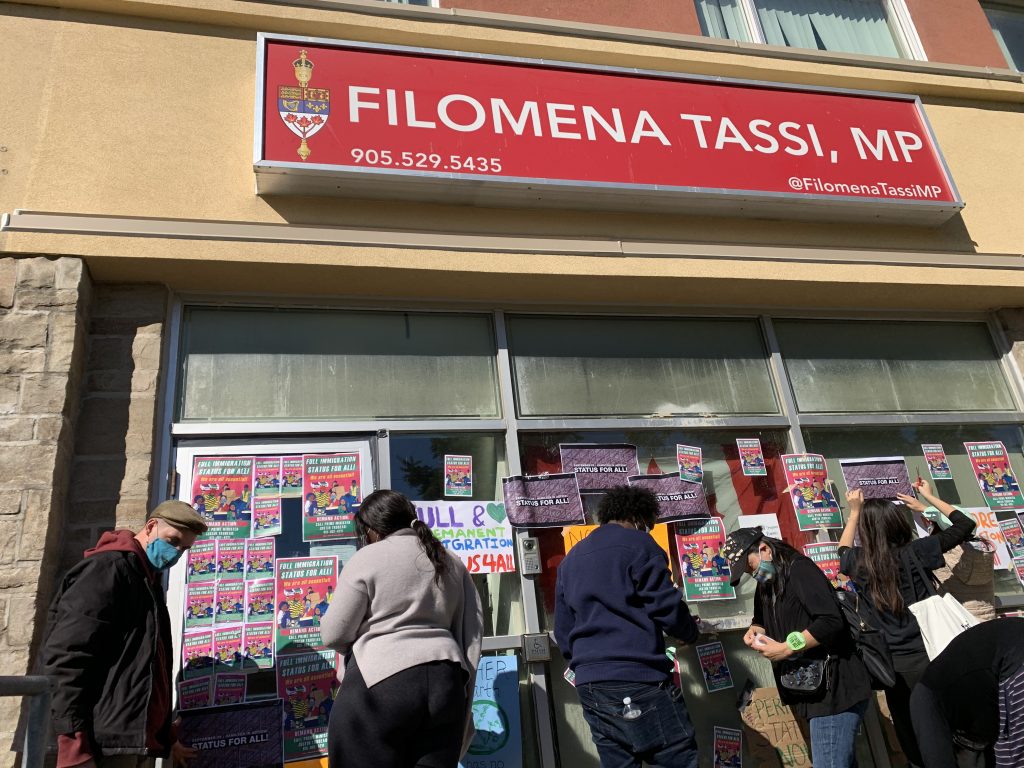
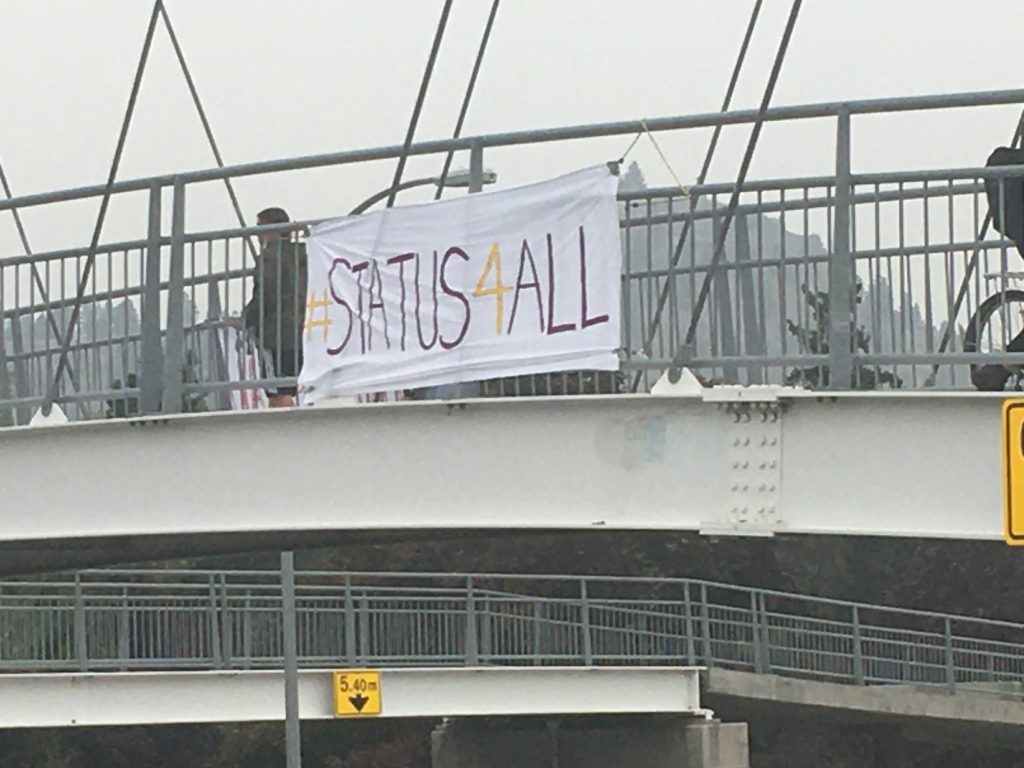

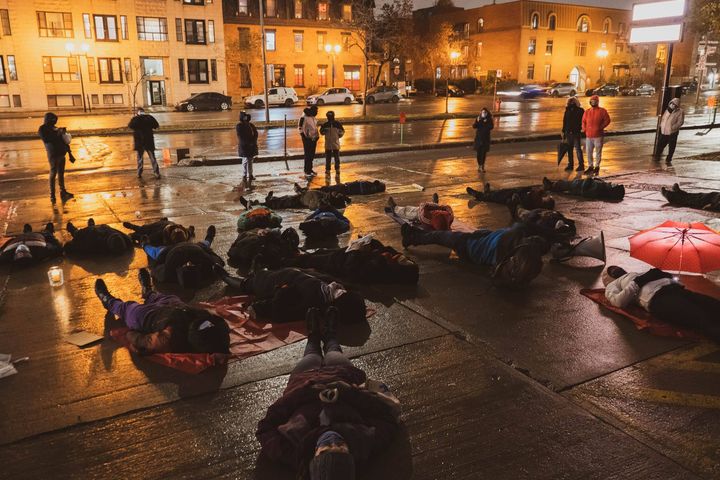
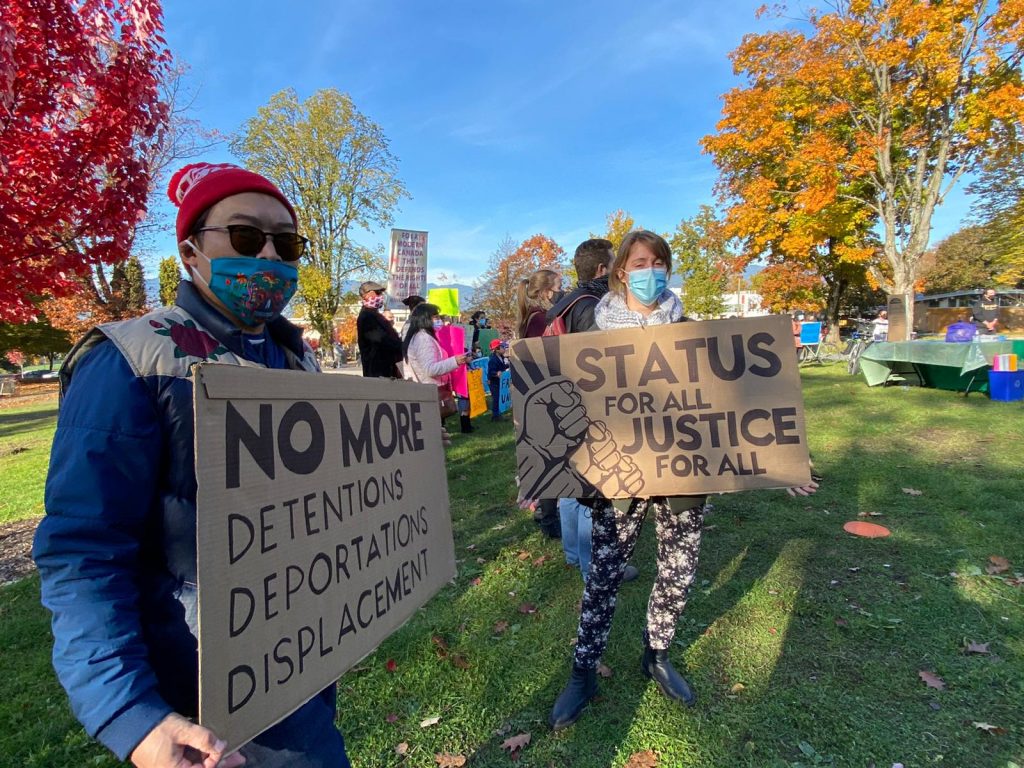




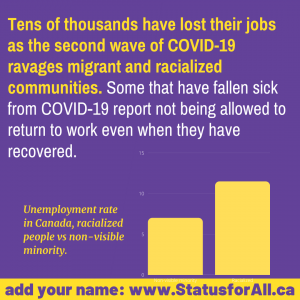
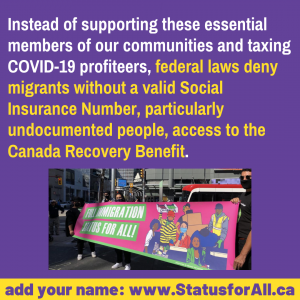

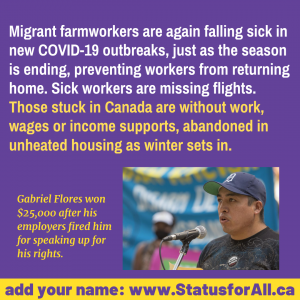
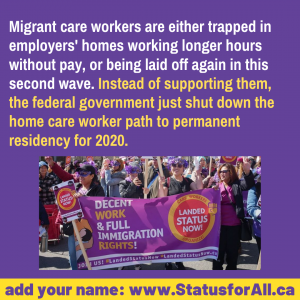
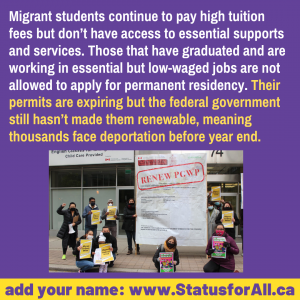
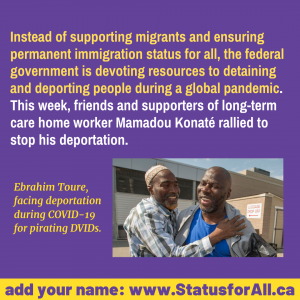
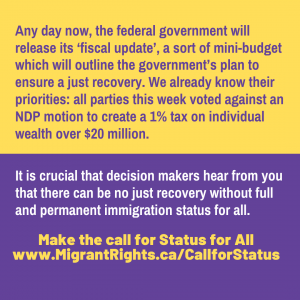
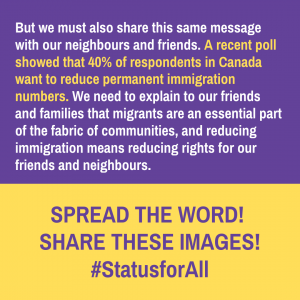
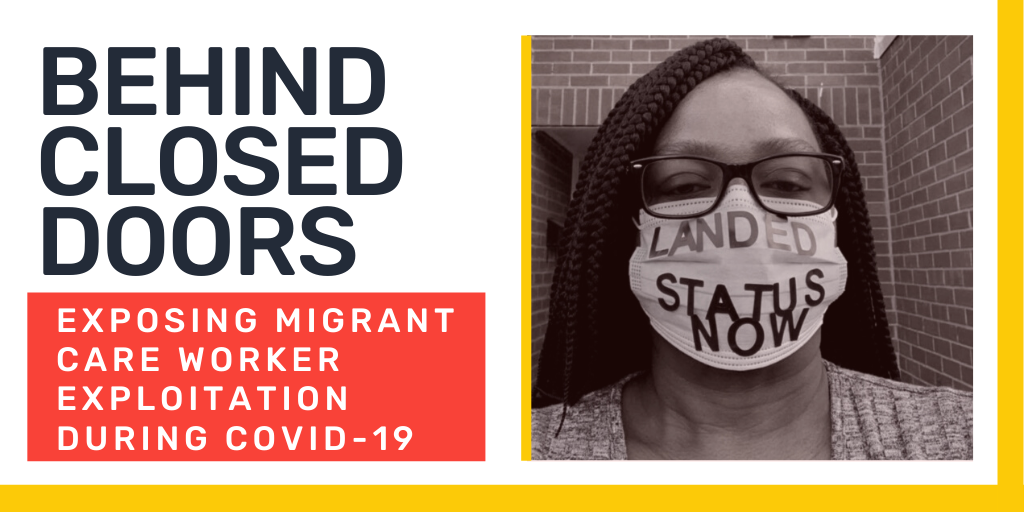
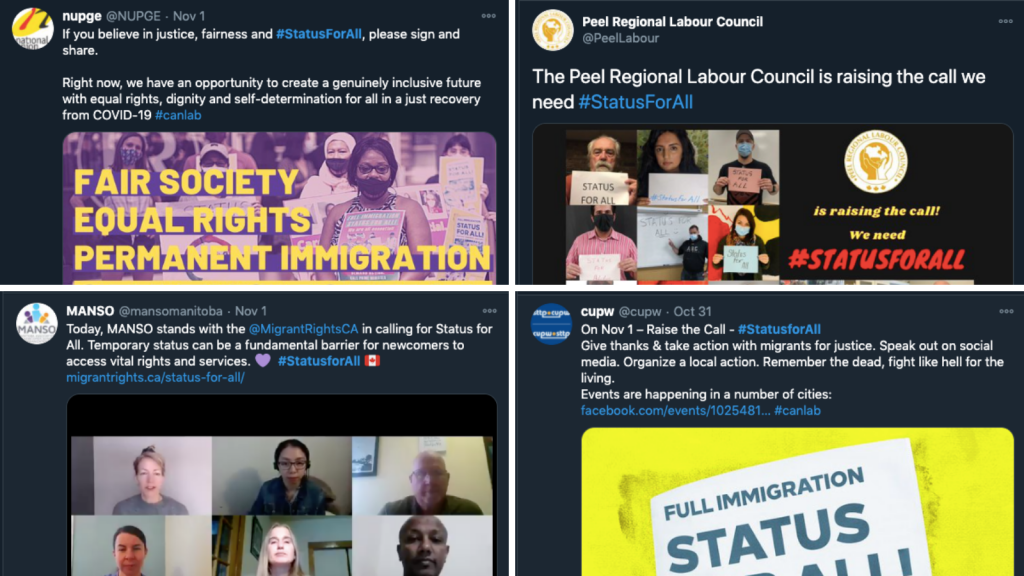









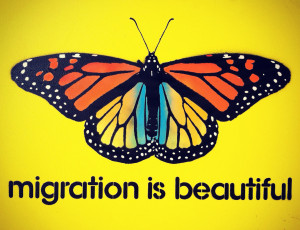 The whole world celebrates International Migrants Day today. 25 years ago, on December 18, 1990, the United Nations General Assembly signed and adopted the International Convention on the Protection of the Rights of All Migrant Workers and Members of Their Families.
The whole world celebrates International Migrants Day today. 25 years ago, on December 18, 1990, the United Nations General Assembly signed and adopted the International Convention on the Protection of the Rights of All Migrant Workers and Members of Their Families.
